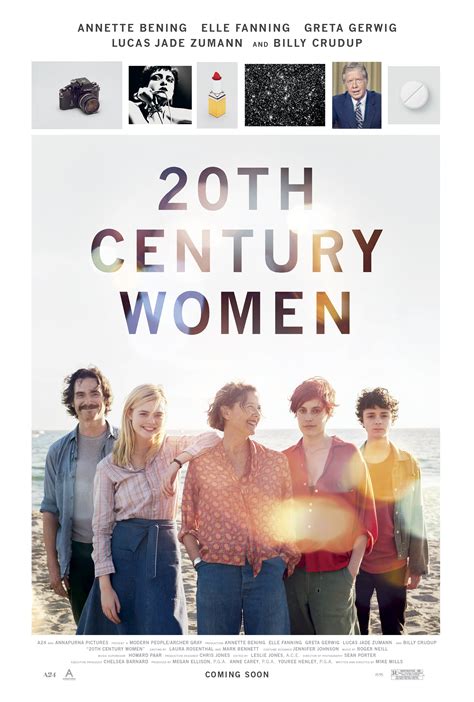The 20th century was a transformative period for women, marked by significant social, cultural, and economic changes that redefined their roles and opportunities. At the beginning of the century, women’s lives were largely confined to the domestic sphere, with limited access to education, employment, and political participation. However, as the century progressed, women’s rights and feminist movements gained momentum, leading to profound shifts in the way women lived, worked, and interacted with society.
One of the key catalysts for change was the suffrage movement, which emerged in the early 20th century with the goal of securing women’s right to vote. Through protests, petitions, and lobbying efforts, suffragists like Emmeline Pankhurst, Susan B. Anthony, and Alice Paul challenged the notion that women were inferior to men and demanded equal citizenship rights. The passage of the 19th Amendment to the US Constitution in 1920, granting women the right to vote, was a major milestone in this struggle, and it paved the way for future feminist activism.
The post-World War II period saw a significant increase in women’s participation in the workforce, as they took on new roles in industries like manufacturing, healthcare, and education. This shift was driven in part by economic necessity, as women’s incomes became essential to supporting families in the aftermath of the war. However, it also reflected changing social attitudes and a growing recognition of women’s capabilities and contributions. The rise of suburbanization and consumer culture in the 1950s and 1960s further transformed women’s lives, as they became primary consumers and managers of domestic households.
The 1960s and 1970s witnessed a surge in feminist activism, as women like Betty Friedan, Gloria Steinem, and bell hooks challenged patriarchal norms and institutions. The publication of Friedan’s “The Feminine Mystique” in 1963 is often seen as a watershed moment in this movement, as it identified the limitations and dissatisfactions of women’s lives in suburban America. The subsequent emergence of radical feminism, feminist theory, and intersectional feminism further expanded the scope of women’s liberation, highlighting the complex interplay between gender, race, class, and sexuality.
As the 20th century drew to a close, women had made significant strides in education, employment, and politics. The number of women in higher education had increased dramatically, and women were pursuing careers in fields like law, medicine, and business. The election of women to public office, including the US Congress and state legislatures, further marked a shift towards greater representation and leadership.
However, despite these advances, women continued to face significant challenges and inequalities. The gender pay gap persisted, and women were underrepresented in many fields, including science, technology, engineering, and mathematics (STEM). The rise of neoliberalism and globalization also created new obstacles for women, as they faced increased competition and precariousness in the workforce.
In conclusion, the 20th century was a transformative period for women, marked by significant social, cultural, and economic changes. While there is still much work to be done to achieve full equality and justice, the progress made by women in the 20th century has created a foundation for future generations to build upon.
FAQ Section

What were the main goals of the suffrage movement?
+The main goals of the suffrage movement were to secure women’s right to vote and to achieve equal citizenship rights. Suffragists believed that women’s participation in the electoral process was essential to their full equality and empowerment.
How did the rise of suburbanization affect women’s lives in the 20th century?
+The rise of suburbanization had a profound impact on women’s lives, as they became primary consumers and managers of domestic households. While this created new opportunities for women to shape their families and communities, it also reinforced traditional gender roles and limited women’s access to education and employment.
What were the key contributions of feminist theory to the women’s liberation movement?
+Feminist theory made significant contributions to the women’s liberation movement, including the development of intersectional analysis, the critique of patriarchal power structures, and the promotion of women’s empowerment and self-expression. Feminist theorists like bell hooks and Judith Butler further expanded the scope of feminist thought, highlighting the complex interplay between gender, race, class, and sexuality.



